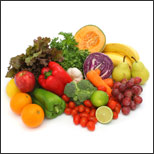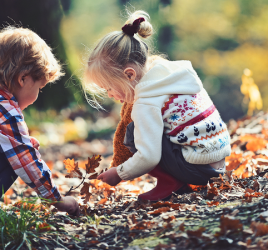The Dirty Dozen and The Clean Fifteen – 2013

Do you know which fruits and vegetables are safe to buy?
On this beautiful June Friday, we are sharing about a hot topic – the dirty dozen and the clean fifteen. If you haven’t heard of these lists yet, don’t worry we will break it down for you.
The EWG or The Environmental Working Group produces a shopper’s guide every year. This guide provides a list of 51 different fruit and vegetables and actually ranks where each one falls on pesticide levels. This list is more popularly known as the Dirty Dozen (the 12 highest ranking) and the Clean Fifteen (the fifteen lowest ranking). Today, we are sharing that list with you.
This list can arm you in the grocery store. It can help you decide if you should buy organic or save a little money and buy generic. Also, if you’re looking to grow your own garden, this list might help you decide what to grow. Here is the list according the the EWG or The Environmental Working Group:
The Dirty Dozen
Here is the list of fruit and vegetables that you may want to consider buying organic.
- Apples
- Celery
- Cherry Tomatoes
- Cucumbers
- Grapes
- Hot Peppers
- *Imported Nectarines
- Peaches
- Potatoes
- Spinach
- Strawberries
- Sweet bell peppers
The Clean Fifteen
Here is the list of fruits a vegetables that showed to have the smallest amount of pesticides.
- Asparagus
- Avocados
- Cabbage
- Cantaloupe
- Sweet Corn
- Eggplant
- Grapefruit
- Kiwi
- Mangos
- Mushrooms
- Onions
- Papayas
- Pineapple
- Sweet peas (Frozen)
- Sweet Potatoes
No matter if you chose to buy organic or not, this list should not prevent you from eating fruit and vegetables. According to the EWG,
The health benefits of a diet rich in fruits and vegetables outweigh the risks of pesticide exposure. Use EWG’s Shopper’s Guide to Pesticides™ to reduce your exposures as much as possible, but eating conventionally-grown produce is far better than not eating fruits and vegetables at all.”
Which is your favorite fruit or vegetable?
Please share your thoughts in the comments below.

